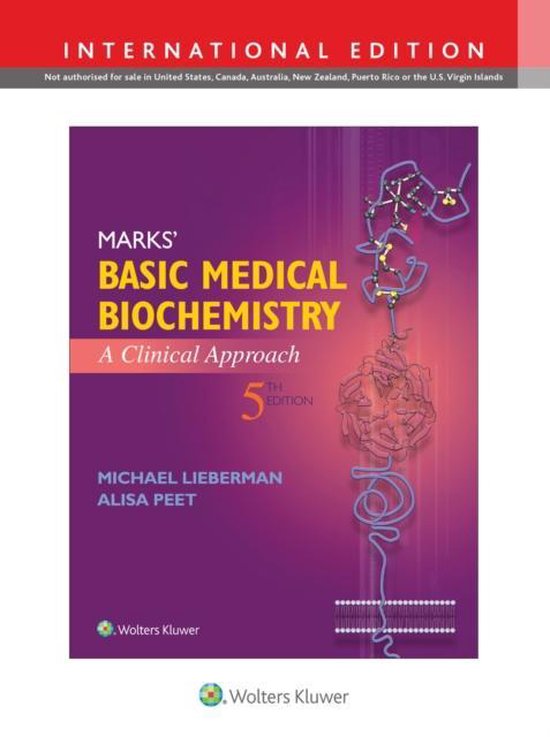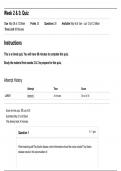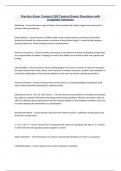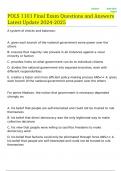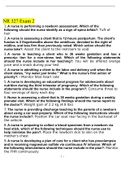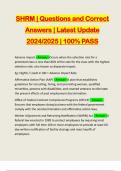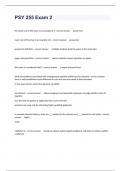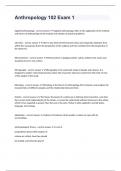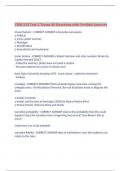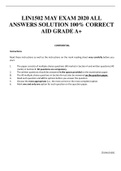Summary
Samenvatting Marks' Basic Medical Biochemistry - Biochemistry (AB_1137)
- Course
- Institution
- Book
Chapters: 1 (l, ll), 2, 3, 4, 5, 6, 7, 8, 9, 10 (l, ll), 19 (l, ll), 20, 22, 23, 24, 25 (l, lll), 26 (l, ll, lll), 27 (l,), 28 (l, ll) Thermodynamics, Membrane transport, Chemical potentials, Enzyme kinetics, Metabolism
[Show more]

